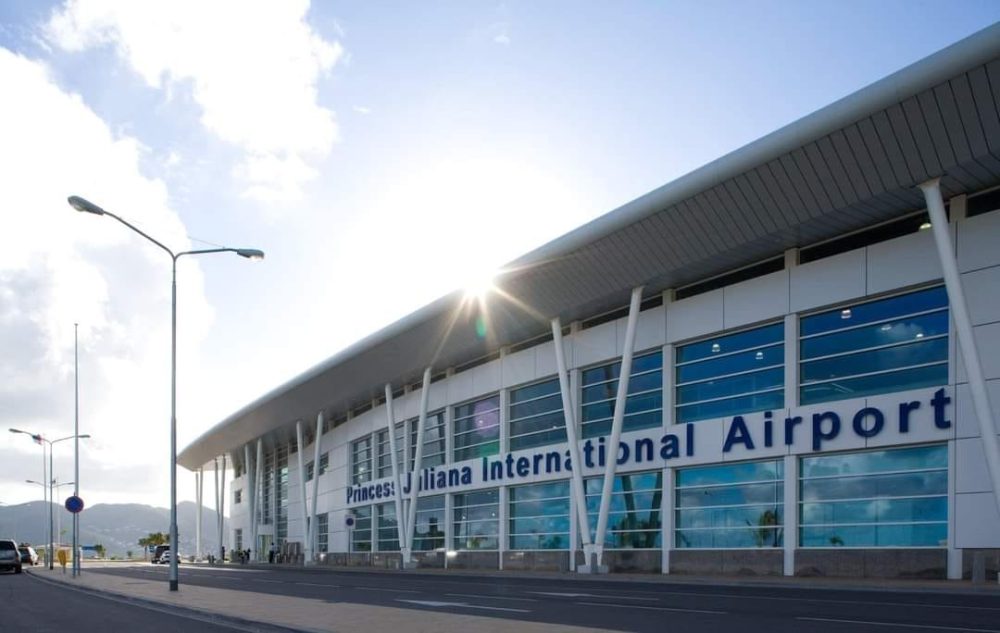From 2012 until 2017, Montserrat made a push towards geothermal as a potential source for powering the island.
Geothermal was the Government of Montserrat’s (GoM) first thrust into implementing renewable energy (RE) technology. To date, the government has drilled three wells, namely MON1, MON2 & MON3. Funded by the Department for International Development (DFID) now the Foreign, Commonwealth and Development Office (FCDO), the projects were executed to the tune of £12.7M for the three wells. The drilling cost for MON3 alone was budgeted at £4.2M.
The project provided vital data of the island’s true geothermal potential, explained the Director of Energy in the Ministry of Communications, Works, Labour and Energy (MCWLE), Mr. Kenrick Burke.
Despite issues with MON3 which experienced a collapse around 1,500m; it is estimated that MON1 & MON2 could provide Montserrat with approximately 3 to 4MW of energy. This was confirmed from an “Early Market Engagement (EME) – Report,” organised by the MCWLE. During that engagement, top geothermal experts came to Montserrat to provide commercial proposals on taking the nation’s geothermal source to the next level.
The new report from the Energy Task Force, established by the Ministry, recommends that the government should pursue development of a “3MW geothermal plant scheduled to come on stream at the beginning of 2024. The cost of implementing this project is approximately EC$62.8 million.”

This recommendation was based on the results of the priority generation expansion plan presented in the Alternative Integrated Resource Planning (IRP) section of the report. It included inputs from experts and the public on selecting a preferred expansion plan.
“The project that was presented by EXERGY had a relatively small footprint and yielded 4MW. The setup is that of a binary plant system, and it has been deemed as the preferred system for Montserrat geothermal due to the mid-range temperature levels observed. In principle, the setup would consider MON1 as the production well while MON2 could be used for the reinjection. Brine fluids need to be close to the wells for efficiency; thus, the power plant would have to be constructed at MON1 & 2 sites on lands owned by the Crown,” the report stated.
“With the plant located in the Exclusion Zone, a transmission line would be needed to connect it into the distributed grid. The Mott McDonald transmission study provided details for such a transmission line. From the specifications & designs in that report, it was estimated that a project of that nature would cost $110 – $200kUSD/km in 2009. A future value analysis considering the current financial parameters puts this cost in the range of $270 – $350kUSD/km. This is an additional cost to developing a geothermal power plant and would affect the consumer’s levelised cost of energy.”
The Task Force noted that thanks to Montserrat’s development partners, the Foreign Commonwealth and Development Office (FCDO), “we have reached a point of low-risk factor and the need for less capital expenditure (CAPEX).” The island, they said, had adequate test data to attract further investment.
The task force believes that geothermal could provide Montserrat with a sufficient baseload at a reasonable cost; however, funding for the power plant continues to elude the country.
Plans are on the way to:
– Obtain a detailed feasibility study based on the geothermal well data and landscape configurations to determine designs and costing for a power plant.
– Develop a business case looking at the cost-benefit analysis and tactics that will be deployed in constructing the Geothermal Power Plan.
– Engage a consultant who will develop all the specifications and documents required to market for a Design-Build – Turnkey Project.
Read the full Energy Task Force Report at the link below.
Energy-Task-Force-Final-Report.pdf (www.gov.ms)
Discover more from Discover Montserrat
Subscribe to get the latest posts sent to your email.









